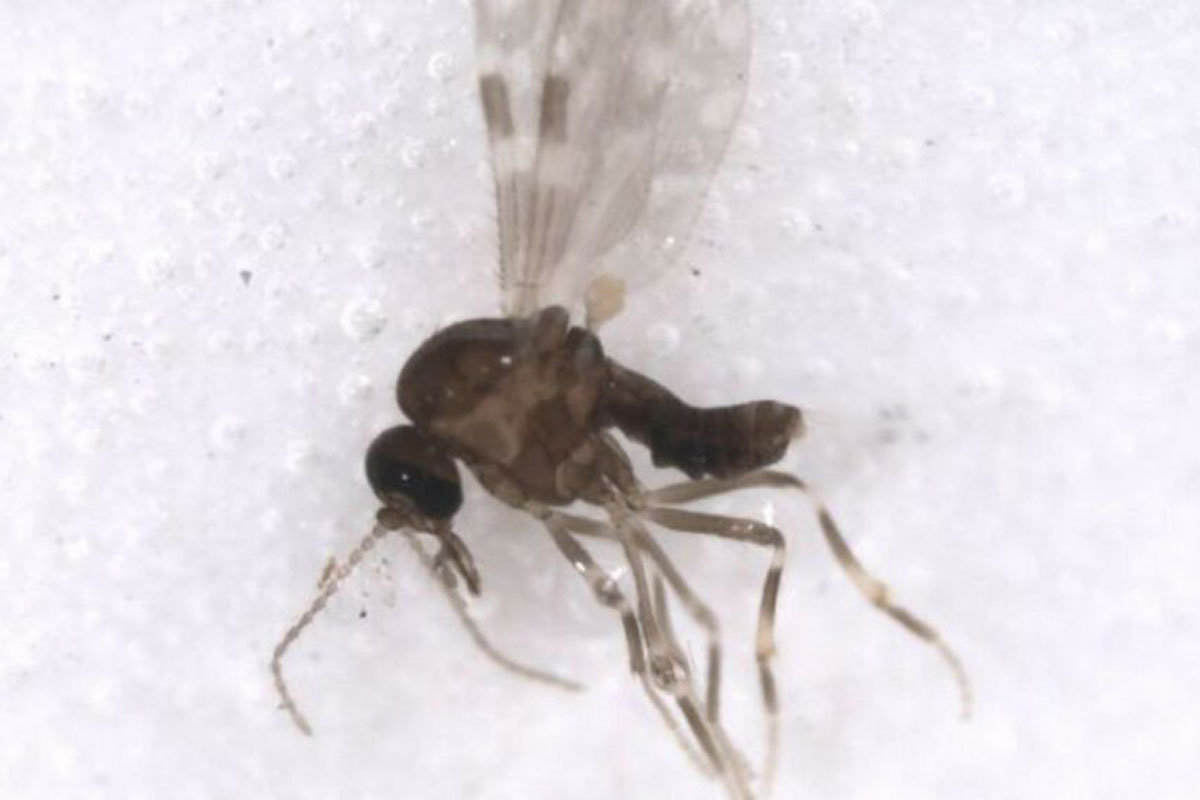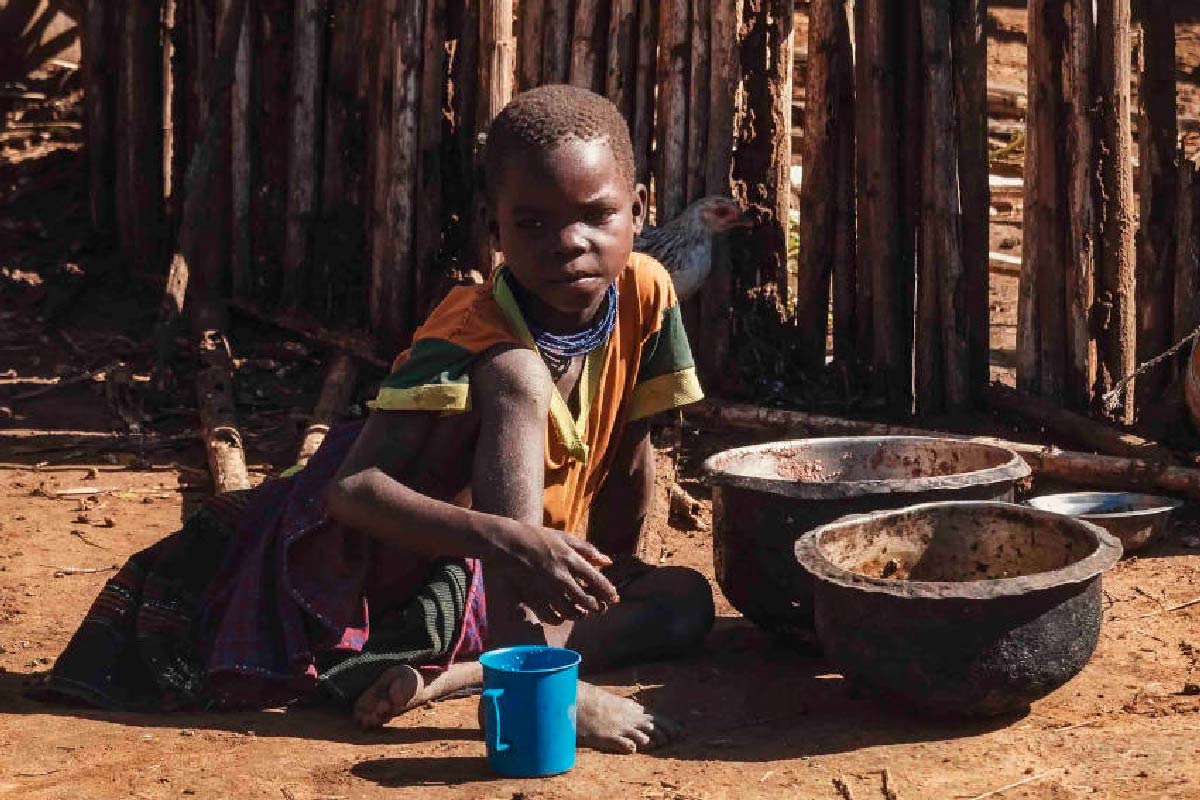First deaths as mutated virus spreads from Amazon
Two women, aged 21 and 24, died from the viral disease, which until now was not considered life-threatening.
- 5 August 2024
- 5 min read
- by SciDev.Net

The world’s first deaths have been recorded from Oropouche fever, caused by a mosquito-borne virus that has spread silently from the Brazilian Amazon rainforest, raising alarm among scientists.
On Thursday 25 July, Brazilian authorities recorded the deaths of two women, aged 21 and 24, who had severe abdominal pain, bleeding and hypotension.
Until the deaths, “there was no report in the world scientific literature on the occurrence of deaths from the disease”, Brazil’s Ministry of Health said in a statement.
“The virus, which used to circulate almost exclusively in the Amazon region, is now circulating in other regions, and this is very worrying.”
Eurico Arruda, professor of Virology, Faculty of Medicine of the University of São Paulo
Adding to concern among scientists, the cases occurred in Bahia state in the northeast of the country, far from the Amazon rainforest where the disease is usually recorded.
“No mortality had been recorded—these deaths change history,” Eurico Arruda, professor of virology at the Faculty of Medicine at the University of Sao Paulo, in Ribeirão Preto, told SciDev.Net.
“The virus, which used to circulate almost exclusively in the Amazon region, is now circulating in other regions, and this is very worrying.”
The Oropouche virus was discovered in 1955 in Trinidad and Tobago, on the banks of a creek of the same name, which borders a village called Vega de Oropouche. The first scientific study was published in 1961.
Since then, some half a million cases of human infection have been documented, mainly in riverside cities in the Amazon basin, but also in northern capitals such as Belém.
In 2024, according to Brazil’s Ministry of Health, 7,236 cases were confirmed in 20 Brazilian states, representing a significant increase from the 835 cases recorded in in 2023.
Normally, the disease has symptoms similar to those of dengue and chikungunya — sudden fever, headache, muscle and joint pain.
According to Arruda, who has studied Oropouche for three decades, the virus may have acquired a deadly mutation during recombination — when two strains infect the same cell.
“If two viruses infect the same cell it can result in a different virus,” he said. “This apparently happened, which caused a change in its behaviour, making it more aggressive.”
The possibility of an Oropouche mutation had already been investigated. A recent study by Brazilian scientists indicated that a new strain of the virus was behind a 2022 outbreak in the western Amazon region, the largest recorded in the country.
To reach this conclusion, the researchers analysed the Oropouche virus genome in 383 samples from local patients between 2022 and 2024, and found that the new strain is related to the type of virus that circulated years earlier in the eastern Amazon region, associated with others originating from Peru, Colombia and Ecuador.
“This combination of segments from different geographical origins resulted in a new genetic rearrangement,” said Felipe Naveca, head of the Laboratory of Arboviruses and Hemorrhagic Viruses at the Oswaldo Cruz Institute, and one of the authors of the research.
Have you read?
“The cases in Bahía are probably linked to that strain that we discovered in the Northern region.”
On its mortality, Naveca says: “The deaths demonstrate that infection by the virus can be lethal, confirming previous suspicions. But it is necessary to further investigate the exact mechanism by which this occurs.”
According to the study — which has not yet undergone peer review and has been published as a preprint in the MedRxiv repository — the spread of the virus was driven by different factors, such as mosquito movement, human travel, deforestation, agricultural invasion and extreme weather events such as El Nino.
Silent advance
It is striking to the authors of the research how the virus quietly advanced from the Brazilian Amazon to other regions and countries. Bolivia, Cuba, Colombia, French Guiana and Peru have already recorded outbreaks.
“It’s not uncommon for a virus to spread silently, especially a virus that didn’t have systematic surveillance until recently,” adds Naveca. “Some cases may be going unnoticed due to lack of evidence.”
The virus is now known to be circulating around the world. A report published earlier this month (July) by the European Centre for Disease Prevention and Control indicates that Italy and Spain have reported three cases of Oropouche fever in travellers returning from Cuba.
The virus can pass through the placenta and infect the fetus, and the Brazilian Ministry of Health is investigating six cases of transmission from mother to child of Oropouche fever.
Two of them resulted in fetal death, one resulted in a miscarriage, and three cases presented congenital abnormalities such as microcephaly, a malformation also associated with Zika. Both are neurotropic viruses, types of viruses that have an affinity for nerve cells and can cause a variety of neurological diseases.
“With the animals we had already seen that there are possible neurological complications,” explains Arruda.
According to the scientist, it is feared that the virus will adapt to urban mosquitoes such as Aedes aegypti, a possibility that has not yet been confirmed.
“The situation is worrying, because there is no vaccine or specific treatment,” Arruda said.
The infectious disease expert recently participated in a conference on Oropouche at the University of Leeds, UK, where international scientists decided to join forces to develop a rapid diagnostic method and test a drug.
This article was produced by the Latin America edition of SciDev.Net









